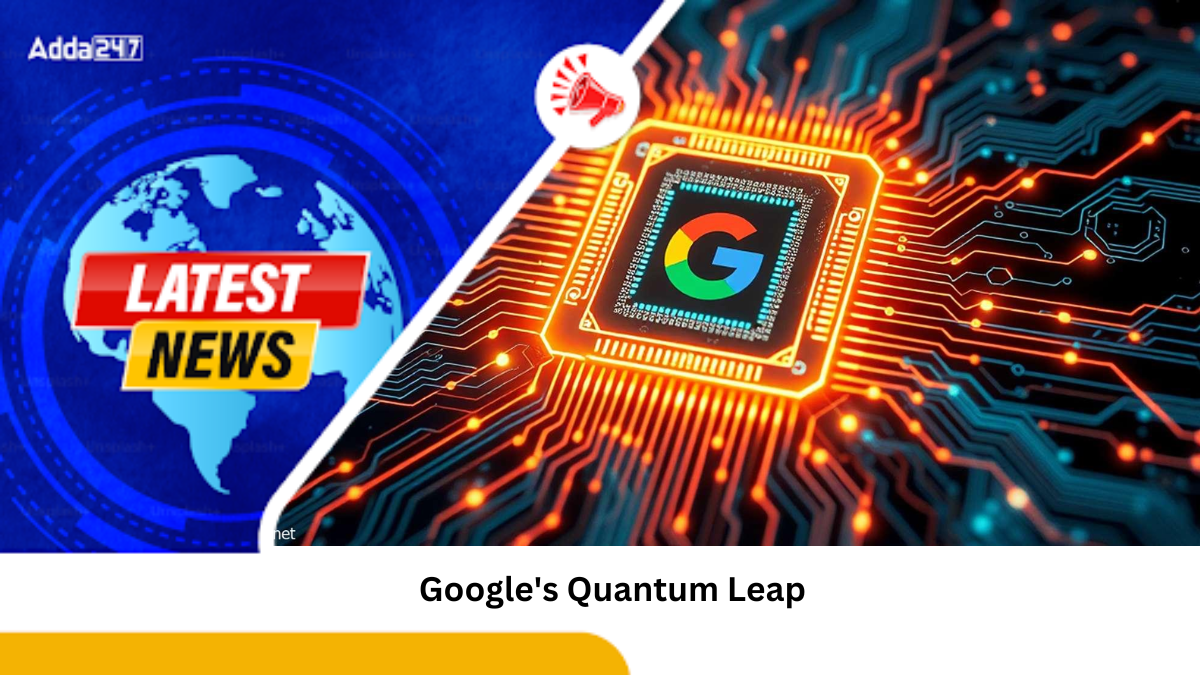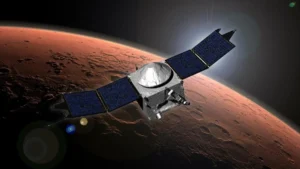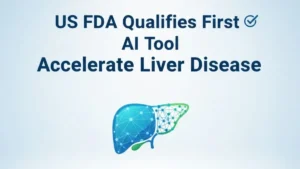Google has introduced Willow, a groundbreaking quantum chip poised to revolutionize computing and scientific discovery. This chip achieves two significant milestones: exponential error reduction with more qubits and completing a computation in five minutes that would take current supercomputers 10 septillion years—exceeding the universe’s age. Willow marks a major advance in Google’s decade-long pursuit of a scalable quantum computer capable of addressing complex global challenges.
Key Achievements of Willow
Error Correction Revolutionized
Willow addresses a critical challenge in quantum computing—qubit error correction. By scaling up qubits, the chip reduces errors exponentially, a problem researchers have struggled with for three decades.
Benchmark Performance
The chip achieved a computation benchmark called Random Circuit Sampling, producing results in five minutes that traditional supercomputers would need over 10 septillion years to compute.
Quantum vs. Classical Computing
Quantum computers like Willow leverage qubits, which embody quantum mechanics, enabling them to process multiple states simultaneously. Unlike binary classical bits, qubits can exist in superposition (both 1 and 0), drastically increasing computational possibilities.
Real-World Applications
While immediate practical uses of Willow remain limited, Google envisions its future applications in:
- Drug discovery, enhancing accuracy in predicting drug interactions.
- Optimizing battery technology and clean energy solutions, including nuclear fission.
- Cryptography, with potential breakthroughs in encryption and data security.
Challenges and Future Prospects
Quantum computers face environmental sensitivity and scalability hurdles. Willow’s innovations bring the technology closer to practical applications, but experts like Duke University’s Chris Monroe and MIT’s Seth Lloyd caution that true scaled-up quantum computers remain years away. Amid the hype, they advocate for tests with tangible outcomes, such as encryption challenges, to validate quantum advancements.
Past and Present Connection
Willow’s unveiling is the culmination of over a decade of quantum research by Google Quantum AI. It signifies progress from theoretical designs to tangible achievements, aligning with global trends of increased investment and competition in quantum technologies. While transformative applications are years off, Willow underscores the potential of quantum computing to address humanity’s most pressing problems.
Summary of the news
| Key Point | Details |
|---|---|
| Why in News | Google unveiled Willow, a quantum chip that performed a computation in 5 minutes, which would take supercomputers 10 septillion years. It advances error correction and scalable quantum computing. |
| Name of Chip | Willow |
| Benchmark Test | Random Circuit Sampling |
| Unique Achievement | Exponentially reduces errors with increasing qubits, solving a 30-year-old challenge in quantum error correction. |
| Potential Applications | Drug discovery, battery technology simulations, clean energy solutions, cryptography. |
| Quantum vs Classical | Quantum computers use qubits (superposition of 0 and 1), unlike binary classical bits (0 or 1). |
| Research Milestone | Google Quantum AI, founded in 2012, focuses on scalable quantum computing. |
| Supercomputers’ Task Time | 10 septillion years (10,000,000,000,000,000,000,000,000 years). |
| Error Sensitivity Issue Solved | Earlier quantum computers faced issues like sensitivity to vibrations; Willow overcomes this. |



 NASA Loses Contact with MAVEN Spacecraft...
NASA Loses Contact with MAVEN Spacecraft...
 US FDA Qualifies First AI Tool to Accele...
US FDA Qualifies First AI Tool to Accele...
 11th India International Science Festiva...
11th India International Science Festiva...







